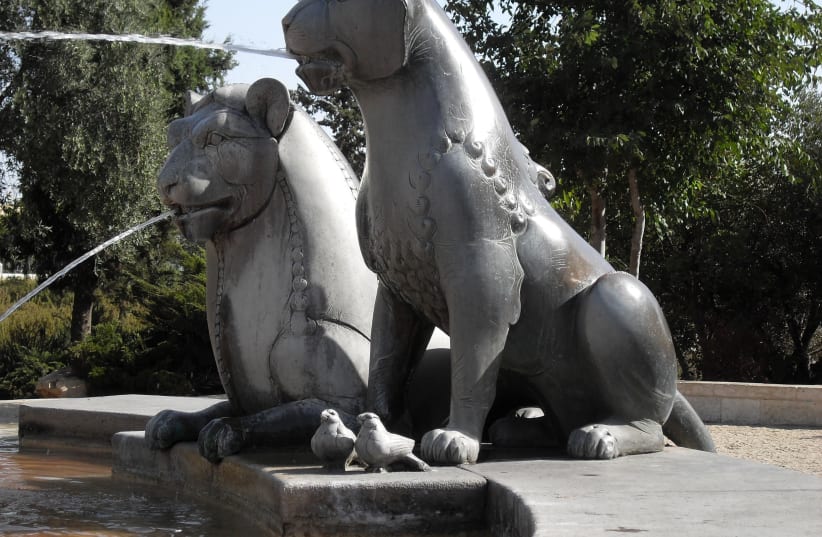I fell in love again when, at nineteen, I came to study. Our machon was housed at the Palatin on Agripas Street; the extraordinary Nechama Leibowitz was our teacher. On one tiyul, our guide divided our small group. “You,” he said pointing to half the group, “are standing with young David, and you” – pointing to the other half – “will stand on that hill with Goliath.” It was an electrifying moment, the visceral sensation of connecting to Jewish history. Jerusalem, Ir David – the City of David; for the first time I really got it.
My husband’s Fulbright year in 1961 was magical, wandering Jerusalem’s streets with an infant, reading history in street signs. Yitz and I promised ourselves to return on aliyah within two years, a promise repeated shamelessly every two years.
One afternoon, I left my handbag – keys, money, and passport – on a ledge at the busiest bus stop on Ben-Yehuda. I hastened back four hours and two thousand interim passersby later and there it was. One day in Meah Shearim, I watched a mother buy a pretzel at a kiosk for her baby boy, kippah tied under chin. She bent down and held out the pretzel: “Baruch.” “Babu,” he attempted. “Ata.” “Ta.” With her final “mezonot” and his “mo,” she gave him a hug and the pretzel. My eyes brimmed, something about covenant between the generations.
Over the years we came again periodically. In 1974, a sad year for Israel, our children aged seven to twelve nonetheless thrived in school in the language of our people. Right before Shavuot, I realized I had forgotten the boys’ resoled shoes and rushed to the shoemaker at noon. He had already pulled down his tin gate. “Please, please, their Shabbat shoes.” Up went the gate as he recited, “If your brother falls, you must lift him up” (Leviticus 25:35).
Occasions to visit multiplied as our children made aliyah. In 1991, we came for the brit of our grandson, a descendant of Levites and Priests. Sitting there, I wondered: was this the first Jerusalem brit in our family since the Temple was destroyed? A feeling of “we’re back” swept over me.
As of 2016, we finally have our own home here. Recently, walking to Angel’s bakery midday, distant sirens erupted. I stopped in my tracks and strained to hear: one ambulance or several? One. I blessed God and continued on my way, a Jerusalemite.
Blu Greenberg is a writer whose How to Run a Traditional Jewish Household became a classic; she was cofounder and first president of the Jewish Orthodox Feminist Alliance.
